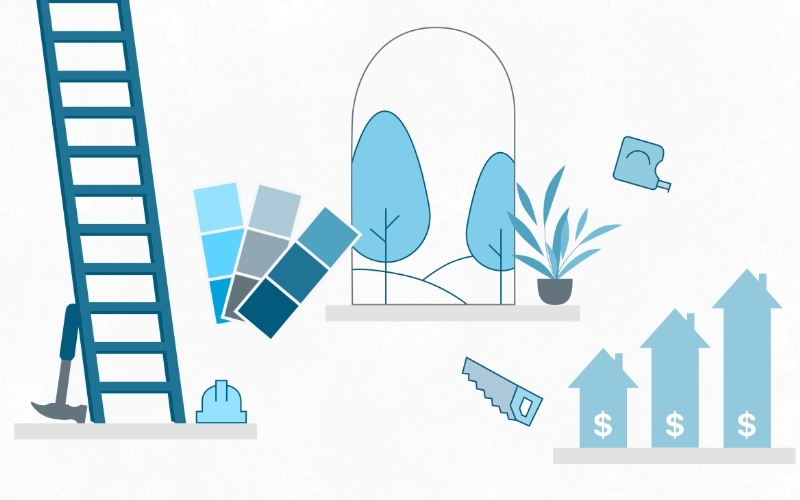With the benefit of 2021 year-end data to help inform forward-looking projections, we’re starting to get a better sense of what the rest of 2022 has in store for the homebuilding and remodeling industries.
The ongoing impact of COVID-19, a booming housing market and the potential for interest rate hikes by the Federal Reserve are all influencing consumer decision-making when it comes to their homes. Meanwhile, supply chain issues and workforce shortages continue to hamper construction schedules for homebuilders.
Fortunately, even with so much uncertainty, the 2022 outlook looks promising if you prepare now for what’s ahead. Let’s take a look at what the data are telling us.
A Supply and Demand Balancing Act
Fueled by low mortgage rates and an incredibly competitive marketplace, Americans bought 6.12 million homes last year — setting a 15-year high for existing home sales.
As a result, the country’s unsold housing inventory currently sits at an all-time low.
This limited supply of resale homes is good news for new home construction in 2022, reports the National Association of Home Builders. However, the opportunity to capitalize on the continued demand for housing will also come with headwinds for builders.
With supply chain disruptions causing ongoing building material shortages, some homebuilders delayed housing starts in 2021. The number of housing units that builders haven’t started work on despite having the authorization to begin the project is up 44% from a year ago (MarketWatch).
And, for those projects already under construction, product delays have forced some homebuyers to move into their new house while waiting for some things to arrive and be installed (The Wall Street Journal).
Looking at 2022, 90% of homebuilders anticipate that both pricing and the availability of building materials will continue to be significant issues. Furthermore, even as housing materials become more readily available, attracting skilled laborers is also expected to be an ongoing challenge for construction companies, as the labor market improves and the unemployment rate declines.

